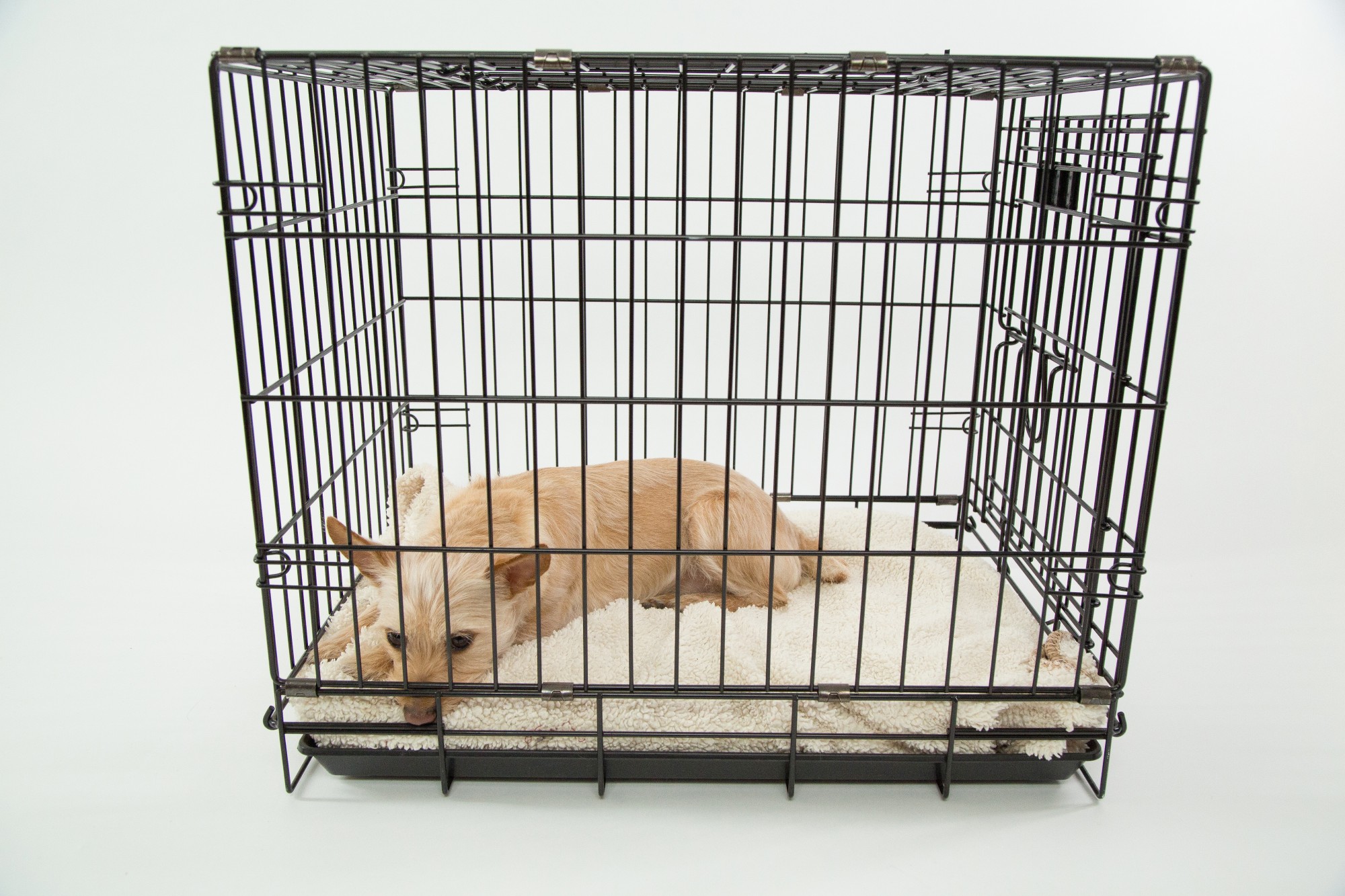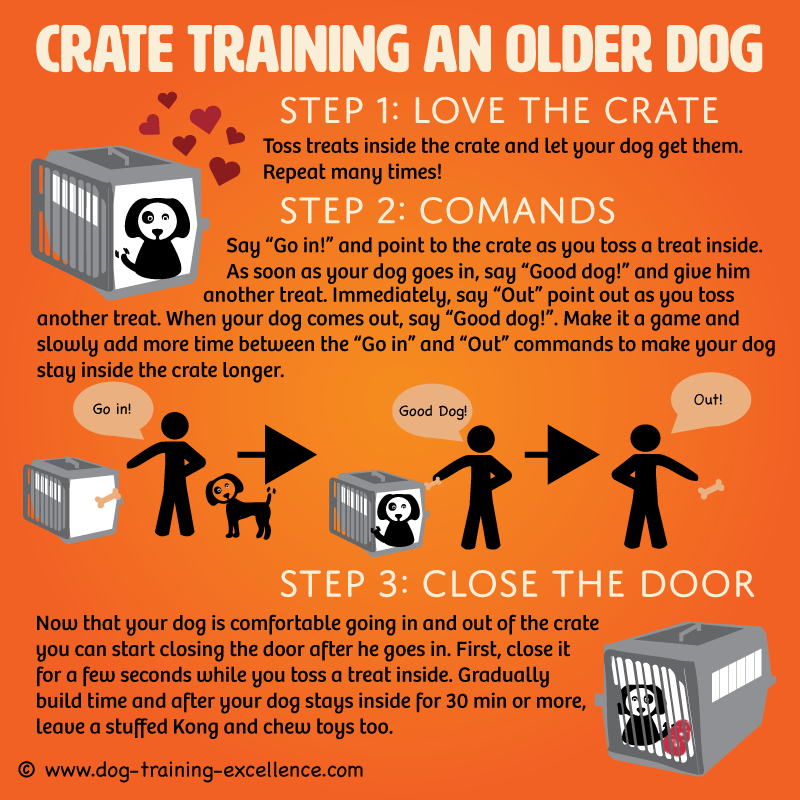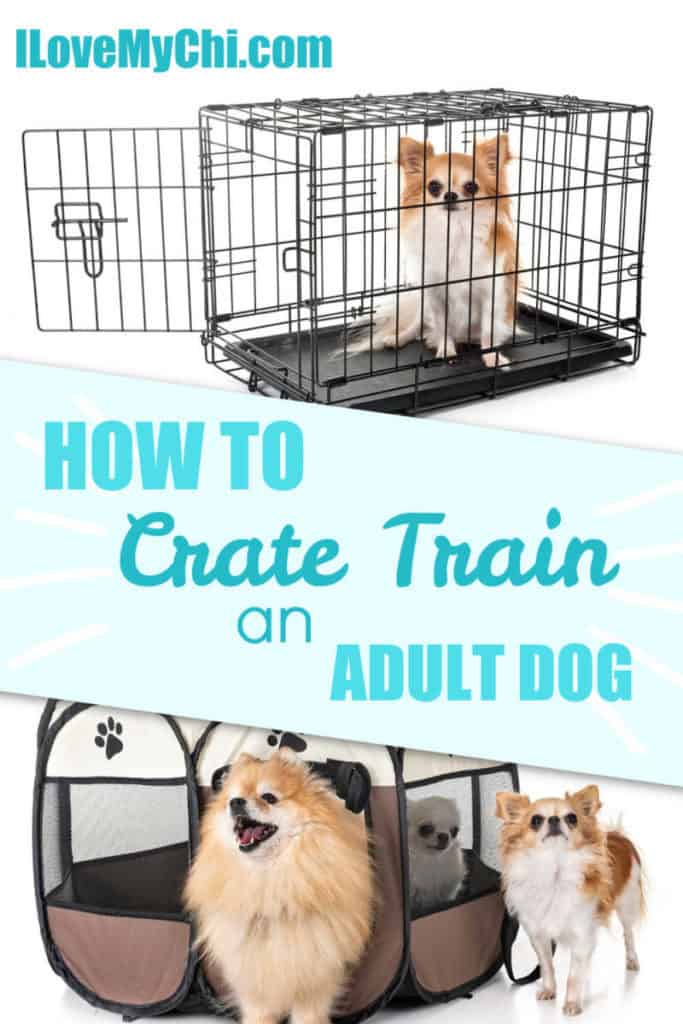how to crate train adult dog

How to Crate Train an Adult Dog
Crate training is a great way to housebreak your dog, teach them basic obedience commands, and provide them with a safe and comfortable place to relax. While it may seem like crate training is only for puppies, adult dogs can also benefit from this training.
In this article, we will discuss the benefits of crate training an adult dog, how to crate train your dog, and common problems that you may encounter.
Benefits of Crate Training an Adult Dog
There are many benefits to crate training an adult dog, including:
- Housebreaking. Crate training can help your dog to learn to housebreak more quickly. When your dog is in their crate, they are less likely to soil their living space. This is because dogs are naturally clean animals and do not want to soil their own beds.
- Obedience training. Crate training can also help your dog to learn basic obedience commands, such as sit, stay, and come. When your dog is in their crate, they are more focused on you and are less likely to be distracted by other things.
- Safety. A crate can provide your dog with a safe and secure place to relax. When your dog is feeling stressed or anxious, they can retreat to their crate for a place to calm down.
- Comfort. A crate can also provide your dog with a sense of comfort and security. When your dog is crate trained, they know that their crate is their own personal space where they can relax and feel safe.

How to Crate Train an Adult Dog
Crate training an adult dog is not as difficult as you might think. With a little patience and consistency, you can have your dog crate trained in no time.
Here are the steps on how to crate train an adult dog:

- Choose the right crate. The size of the crate is important. The crate should be big enough for your dog to stand up, turn around, and lie down comfortably.
- Place the crate in a quiet area. The crate should be placed in a quiet area of the house where your dog will not be disturbed.
- Line the crate with a comfortable bed. Your dog will be spending a lot of time in their crate, so it is important to make sure that they have a comfortable bed to sleep on.
- Feed your dog in the crate. One of the best ways to get your dog to associate the crate with positive things is to feed them their meals in the crate.
- Leave the door open. At first, you should leave the door of the crate open so that your dog can come and go as they please. This will help them to get used to the crate and will make them more comfortable being in it.
- Start by closing the door for short periods of time. Once your dog is comfortable being in the crate with the door open, you can start to close the door for short periods of time. Start with just a few minutes and gradually increase the amount of time that the door is closed.
- Be patient. Crate training can take time. Be patient and consistent with your training and your dog will eventually learn to love their crate.
Common Problems with Crate Training Adult Dogs
There are a few common problems that you may encounter when crate training an adult dog. Here are some tips on how to deal with these problems:

- Your dog cries or barks when you put them in the crate. If your dog cries or barks when you put them in the crate, do not give in to their demands. Ignoring them is the best way to get them to stop.
- Your dog has accidents in the crate. If your dog has accidents in the crate, make sure that the crate is the right size and that it is clean. You may also want to try feeding your dog smaller meals more frequently.
- Your dog refuses to go into the crate. If your dog refuses to go into the crate, try using some positive reinforcement. You can give them treats or praise when they go into the crate. You can also try leaving the door of the crate open and letting your dog explore it on their own.
Crate training an adult dog can be a great way to improve their behavior and make them a more well-rounded member of your family. With a little patience and consistency, you can have your dog crate trained in no time.

Additional Resources

- The American Kennel Club's Guide to Crate Training
- The Humane Society's Guide to Crate Training
- [PetMD's Guide to Crate Training](
Thank you for exploring our website by how to crate train adult dog. Your presence fuels our commitment to excellence. Come back for a more enriching experience!
